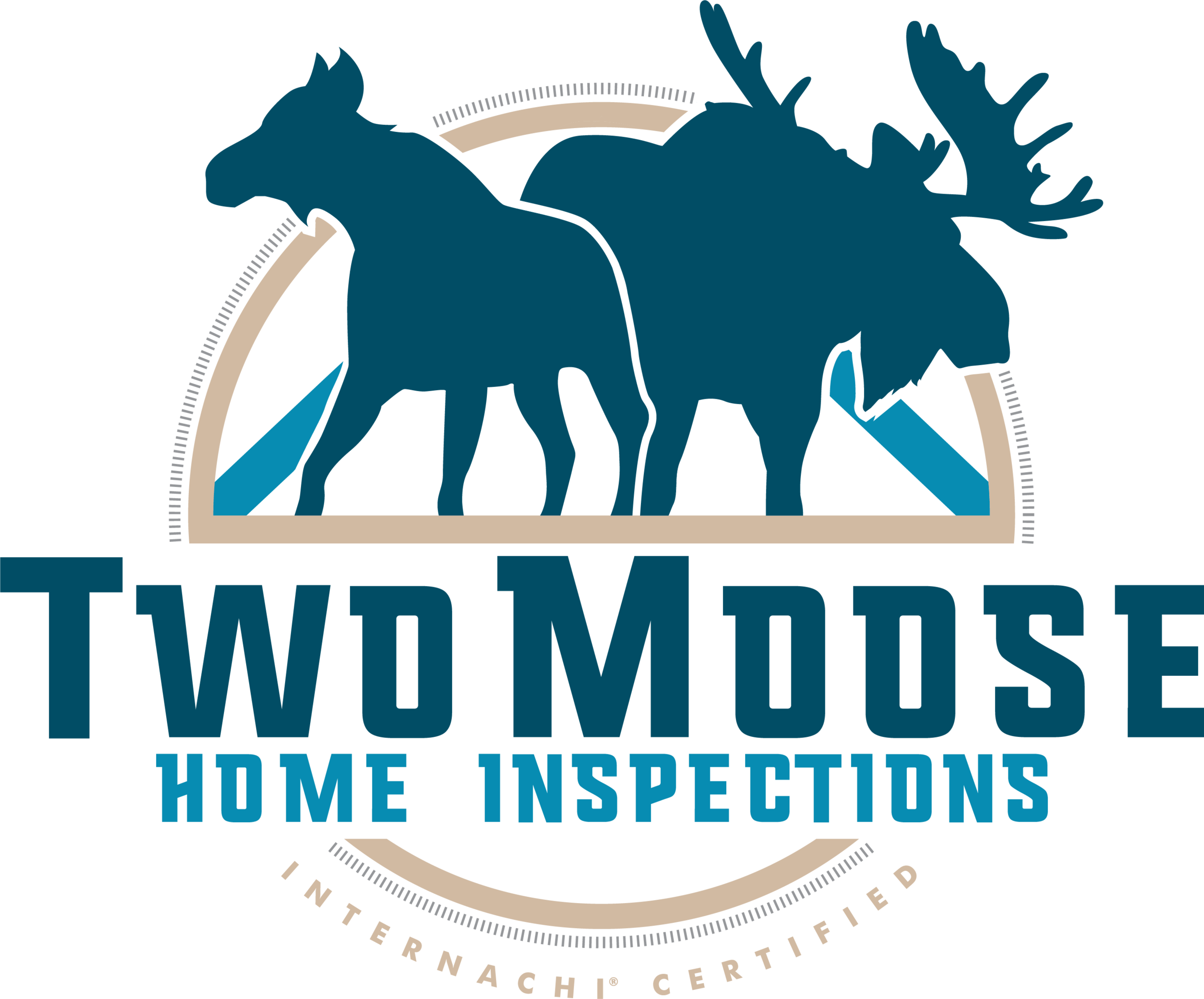Does My Microwave Work?
At Two Moose Home Inspections we hear a lot of questions from our customers. One question we hear time after time is about whether or not the microwave installed in the house is in good working order. To test the condition of the microwave, most people would put some water in the microwave, turn it on, and if the water warmed up then the microwave works well enough, but is this really the best that we can do?
Microwaves range from 600 watts to 2,000 watts, so putting your finger into some warm water isn’t telling us much about the condition of the microwave. However, there is a scientific solution to our problem that the average home owner can do, but we need to understand a little more about what is meant when a microwave advertises 1,200 watts of power.
What is a watt? The International System of Units defines a watt as a unit of power that is equivalent to one joule per second. We all know that a second is the duration of 9,192,631,770 periods of the radiation corresponding to the transition between the two hyperfine levels of the ground state of the caesium-133 atom, but what is a joule?
Instead of going down the rabbit hole of scientific definitions, lets just say that we can determine how many watts of power the microwave is producing with this equation;
wattage = 4.1868 / Time in Seconds * Volume of Water (ml) * Temperature Difference (C)
Unfortunately, I can’t just take this equation at face value. Let’s try to understand some of the variables of this equation. We want to find the wattage of the microwave and watts are equal to joules per second. There are 4.1868 joules per calorie and one calorie is the measurement of one cubic centimeter of water heater by one degree Celsius and one cubic centimeter is equal to one milliliter.
Well, that’s a lot of information all at once. If we set a few constants, we can greatly simplify this equation. If we always use 300 mL of water and run the microwave at its highest setting for 60 seconds then the new equation becomes;
wattage = 4.1868 / 60 * 300 * Temperature Difference (C).
To simplify this further;
wattage = Temperature Difference (C) * 21.
To determine the amount of power being produced by a microwave follow these steps;
Step 1
Fill a measuring cup with 300 mL of water and record the initial temperature in Celsius
Step 2
Using the highest setting, cook the 300 mL of water for 60 seconds using the microwave
Step 3
When the microwave shuts off, record the ending temperature of the 300 mL of water in Celsius
Step 4
Subtract the initial temperature from the ending temperature to find the Temperature Difference
Step 5
Multiply the temperature difference by 21 to find the wattage of the microwave
For example:
If the initial water temperature was 43°C, and the ending water temperature was 97°C then the temperature difference would be 54°C. Multiply 54°C by 21 and the result is 1,134 watts.
If your microwave was rated to produce 1,200 watts and you recorded 1,134 watts, you should feel very confident that the microwave is performing correctly. Even though the actual power output is not dead on, many factors can affect the validity of the result, such as an incorrectly calibrated thermometer, user error, food splatter inside the microwave, using 21 instead of 20.934 and many other factors. For these reasons you should only use your result as a general indicator of the performance of the microwave.
Even if a microwave is producing enough power it may still be considered defective for many reasons. Most people can determine if a mechanical or electronic feature is defective such as a rotating plate tray that won’t rotate or a keypad that doesn’t function, but an inspector can check for one last thing, microwave radiation. Microwave radiation can burn the user’s skin or cause irritation, and if more than 5.0 milliwatts per centimeter squared of radiation is detected, the microwave should be replaced.
Thank you for reading our article. If you have any questions about residential home inspections, please send us a message. If you would like Two Moose Home Inspections to inspect your property, feel free to schedule an inspection.
